During the austral spring and summer, a journey to Patagonia took place to identify and photograph the most representative plants and flowers of the southern forests during this season. Throughout the expedition, our guides and their group explored diverse ecosystems, observing how vegetation changes across Patagonia's varied landscapes. From the smallest, most resilient plants to the towering trees, each species showcases the incredible adaptability of Magellanic vegetation.
A Journey to Admire Patagonian Flora
This expedition was designed for botany enthusiasts, flower lovers, and those eager to learn about the taxonomy of Patagonia’s plants. Led by our naturalist guide, Nicolás Castro, and botanist Ernesto Teneb, participants explored the region’s remarkable botanical diversity. How could one not be captivated by plants? Their unique beauty, near-perfect geometry, and extraordinary adaptations make them an endless source of fascination for any nature lover.
Precipitation and Vegetation Distribution
In the Magallanes and Chilean Antarctic Region, vegetation shapes breathtaking landscapes of great scenic value. This area features a stunning diversity of terrestrial ecosystems, largely influenced by a precipitation gradient between the western and eastern slopes. As Ernesto explains, “While in the archipelagos and channels to the west, annual rainfall can reach 5,000 mm, in the Patagonian steppe to the east, precipitation drops to just 200 mm per year.” This dramatic contrast drives shifts in vegetation as one travels across Patagonia.
Vegetation Distribution and Hydric Stress
One of the most fascinating insights Ernesto shared is that precipitation differences determine plant distribution based on their tolerance to hydric stress. In this sense, dominant vegetation plays a crucial role in defining ecosystem types. Patagonia hosts a variety of ecosystems, including Magellanic tundra, evergreen forests, deciduous Magellanic forests, and the Patagonian steppe.
High rainfall along the western coast favors the development of peat bogs, dwarf shrubs, and lush evergreen rainforests, where Magellan’s beech (Nothofagus betuloides) predominates. In contrast, the deciduous forests closer to the eastern slopes are characterized by lenga beech (Nothofagus pumilio) and antarctic beech (Nothofagus antarctica). Further east, with decreasing precipitation, the landscape transitions into the Patagonian steppe, dominated by grasslands and shrublands, where species like Festuca gracillima and Festuca magellanica thrive.
Flowery Patagonia
During the Botanical Expedition in Patagonia, peat bogs were one of the most interesting ecosystems. These wetlands showcased remarkable species such as Donatia fascicularis, Astelia pumila, and Drosera uniflora.
In the drier areas of the region, charismatic species like Oxalis sp. captivated participants, who eagerly photographed them. Another highlight of the trip was the sighting of Alstroemeria patagonica in full bloom—an incredible find that perfectly aligned with the ideal timing of the expedition.
Orchids also mesmerized the group, not only for their beauty but for their fascinating survival strategies. As Ernesto explained, “Studies suggest that this genus relies on specific mycorrhizal fungi to germinate and thrive in its natural environment. This dependency has made cultivation difficult, as the absence of these fungi in artificial settings hinders their growth”.
The highest orchid diversity in the region is found in Torres del Paine National Park, where species such as Gavilea lutea, Chlorea magallanica, Chodonorchis lesoni, and Gavilea longibracteata can be observed.
Biogeographical Importance of Magellanic Flora
Ernesto highlighted that Magellanic flora holds significant biogeographical value due to three key factors:
1. Isolation from the rest of South America – The region is separated from the rest of the continent by the South American arid diagonal, which acts as a biogeographical barrier. This isolation has limited genetic exchange with other species, fostering high endemism and allowing plants to evolve independently.
2. Proximity to Antarctica – The region’s closeness to Antarctica directly influences its climate, characterized by low temperatures and high humidity. These conditions have shaped the adaptations of Magellanic flora, equipping them with unique traits for survival in harsh, cold environments.
3. Precipitation gradient – As previously mentioned, the stark contrast in rainfall between the western and eastern slopes plays a crucial role in shaping vegetation patterns across the region.



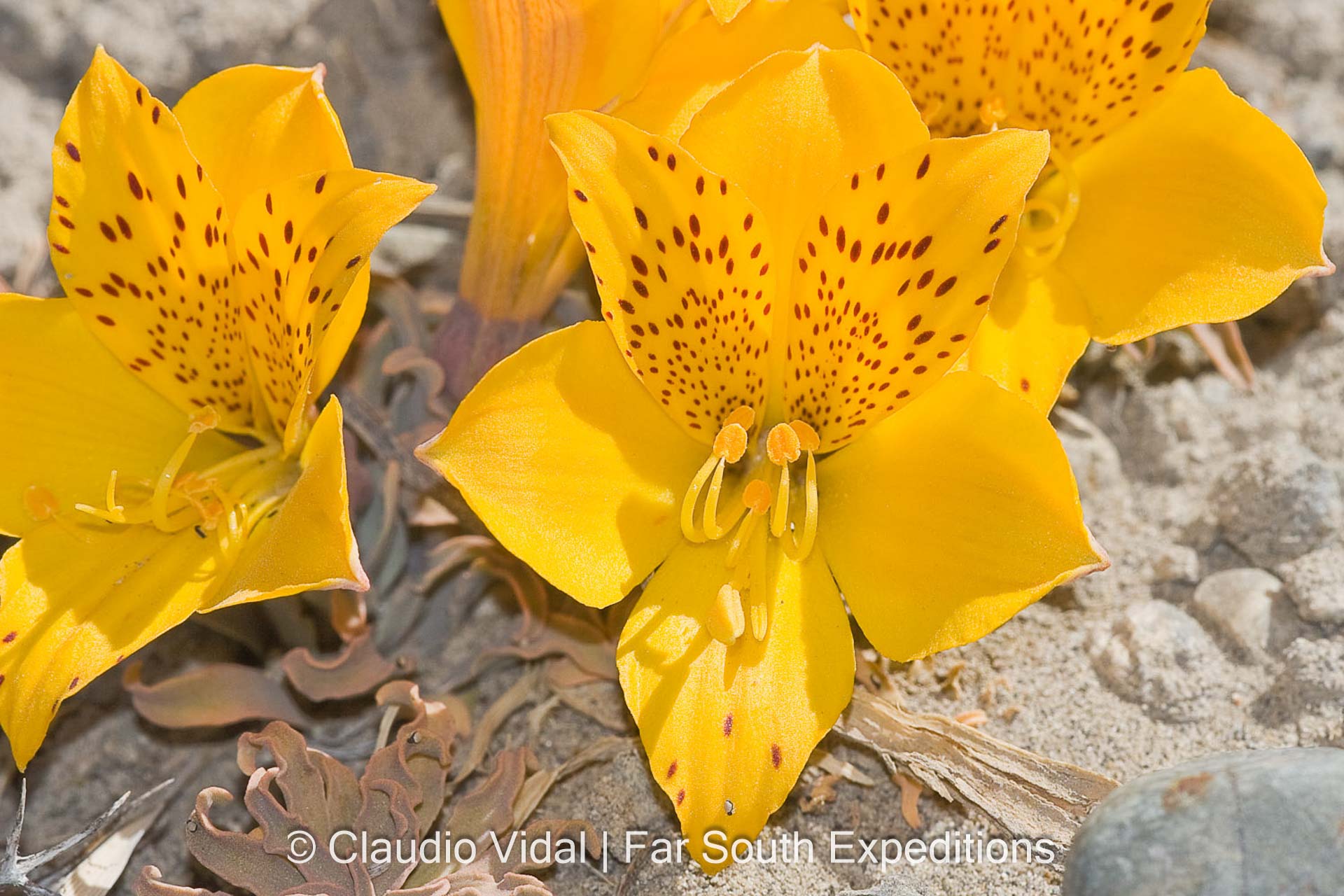
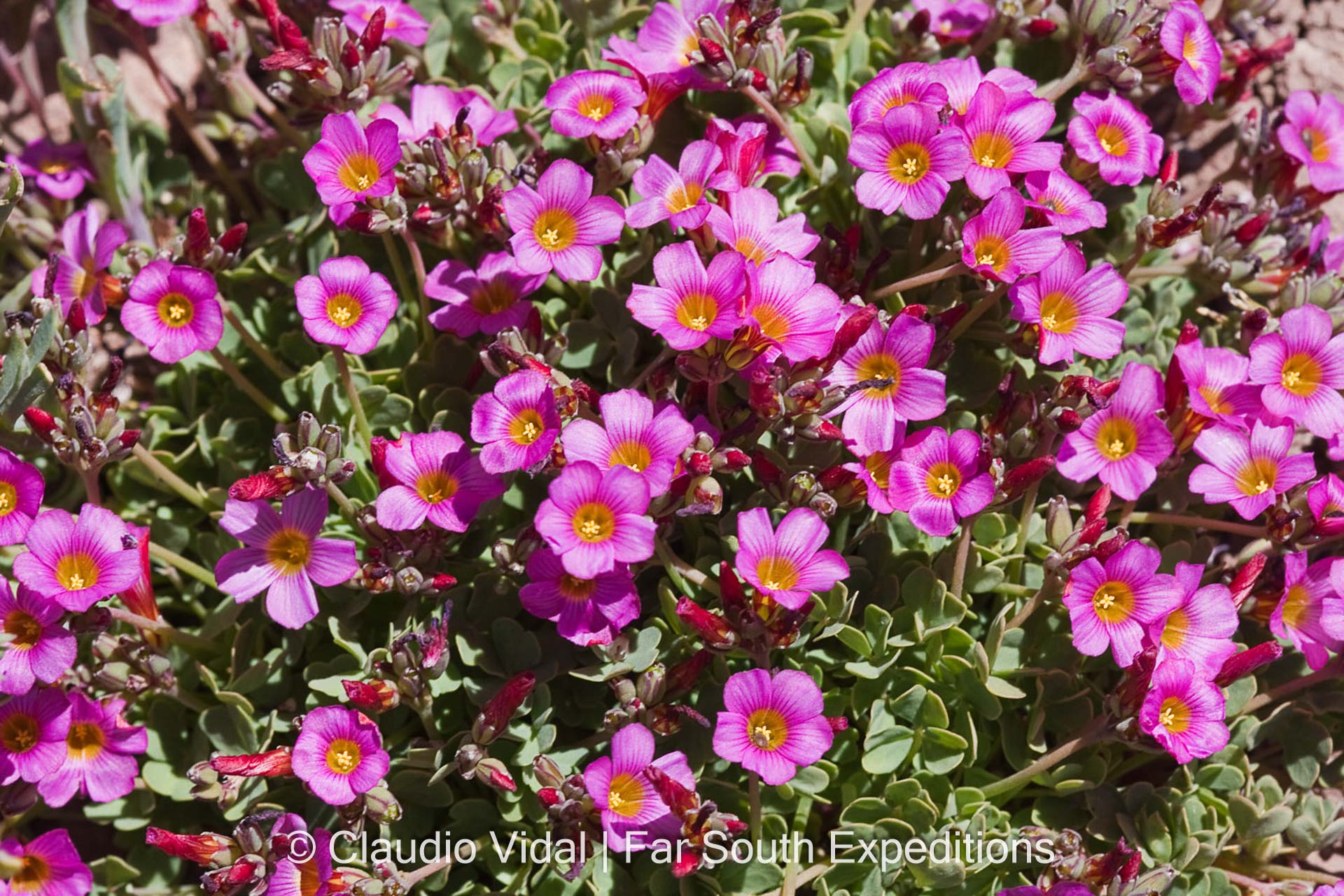
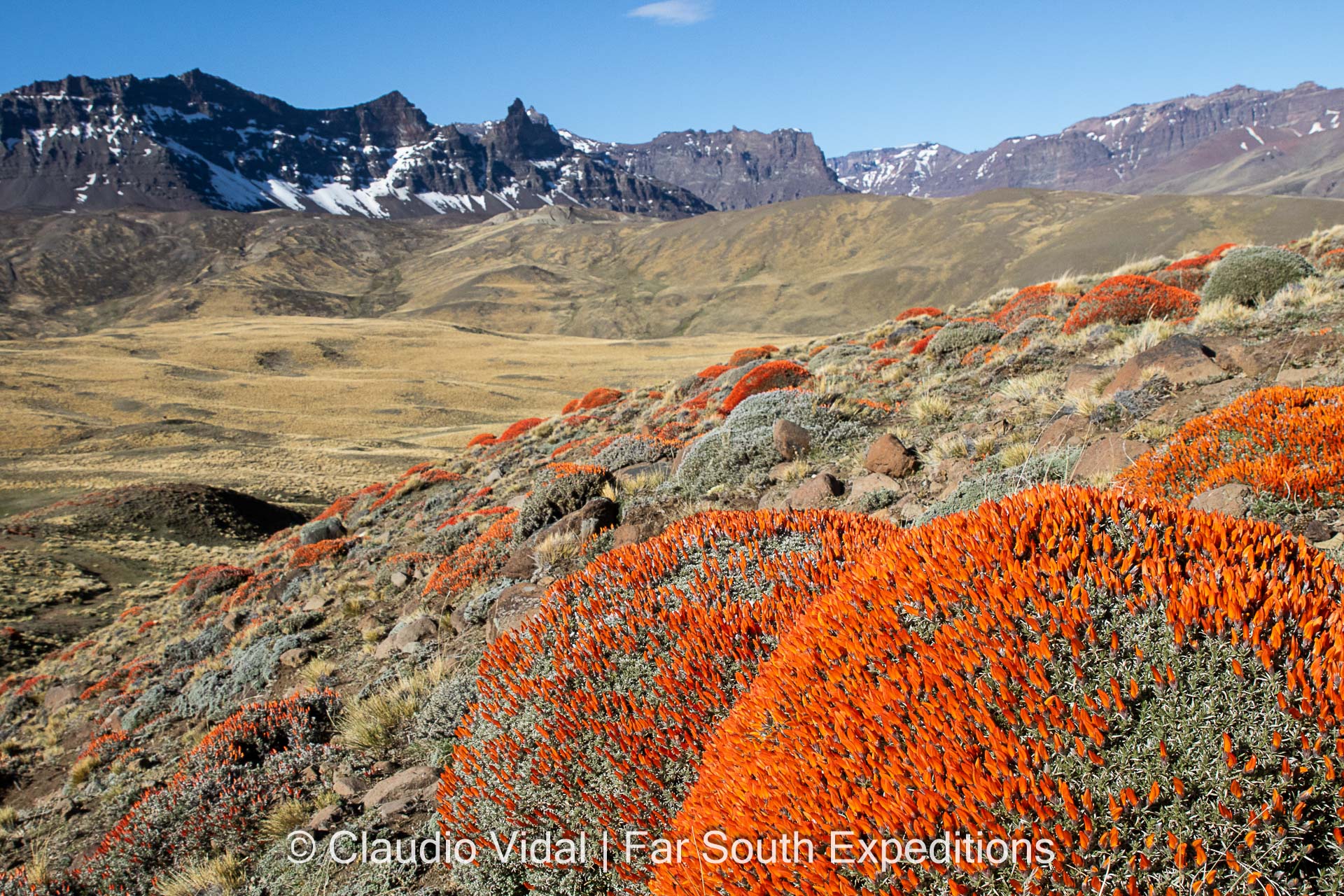
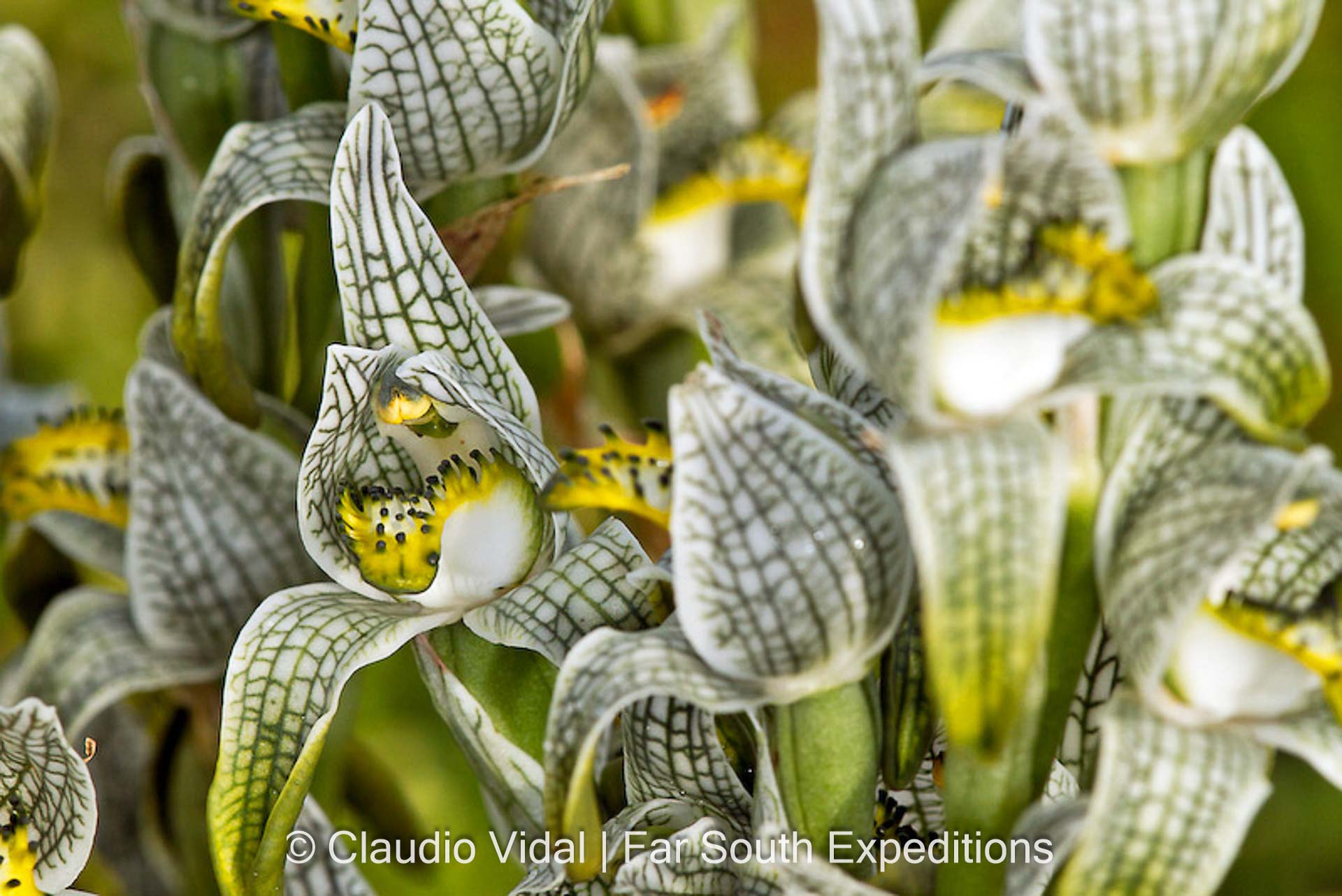
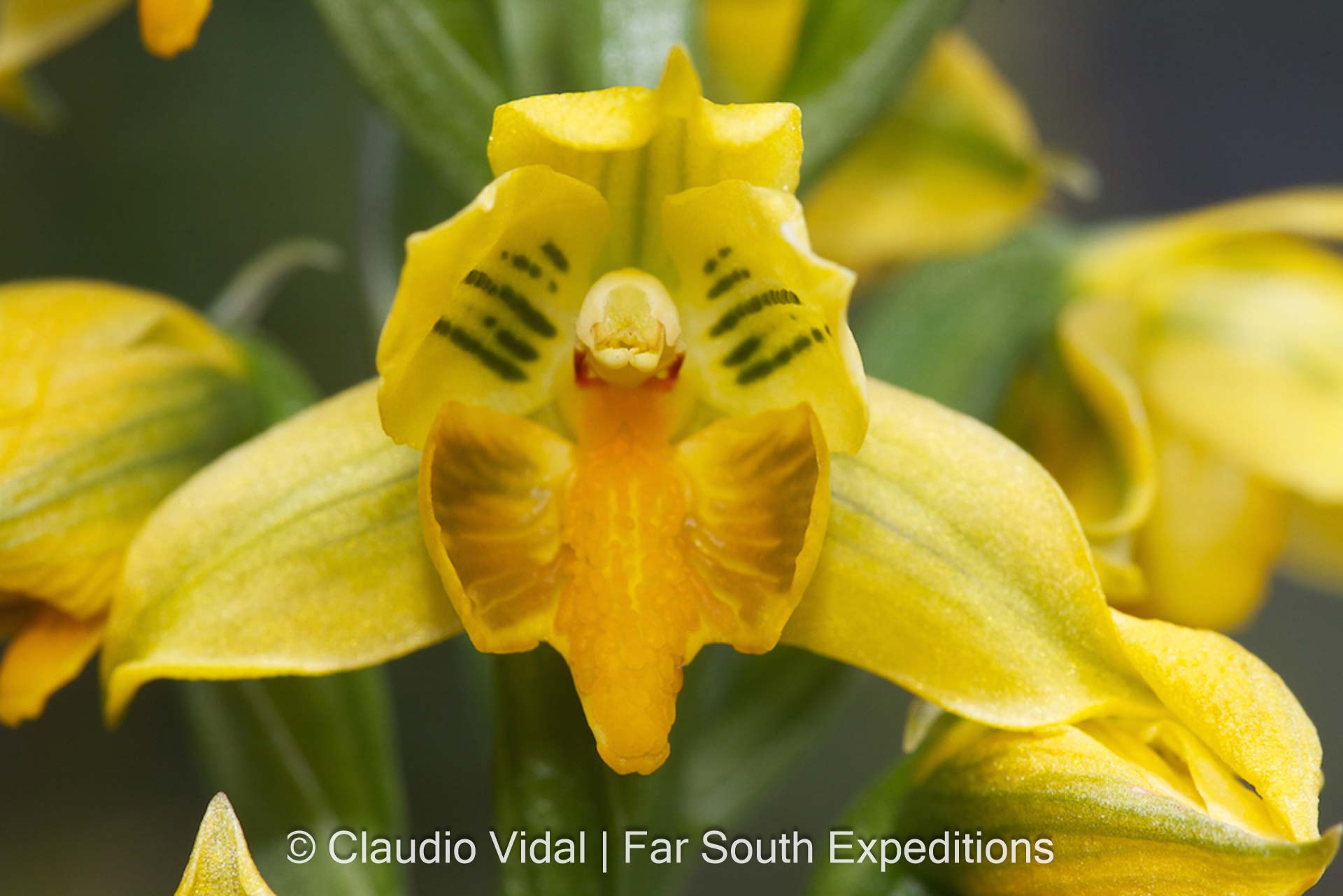
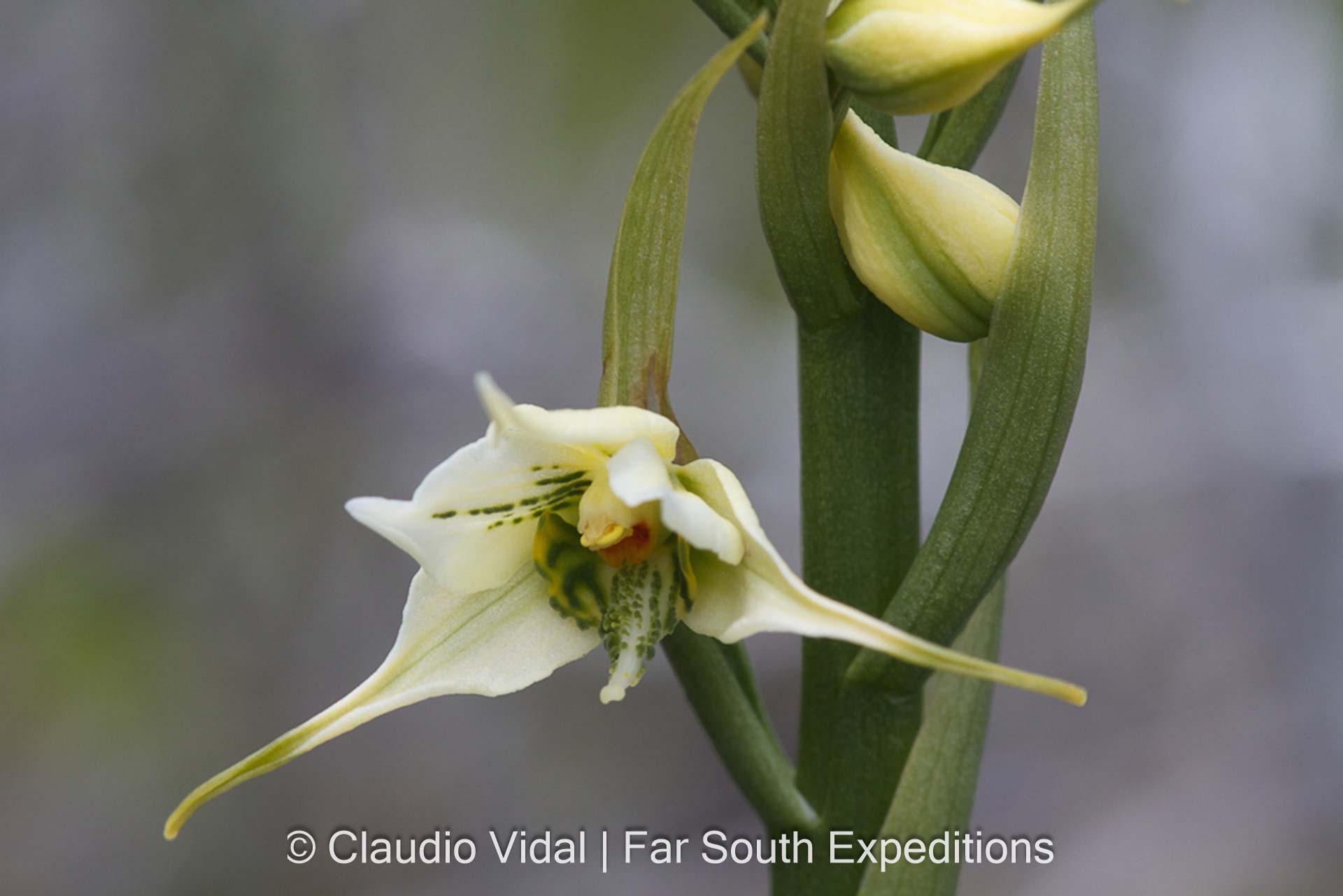
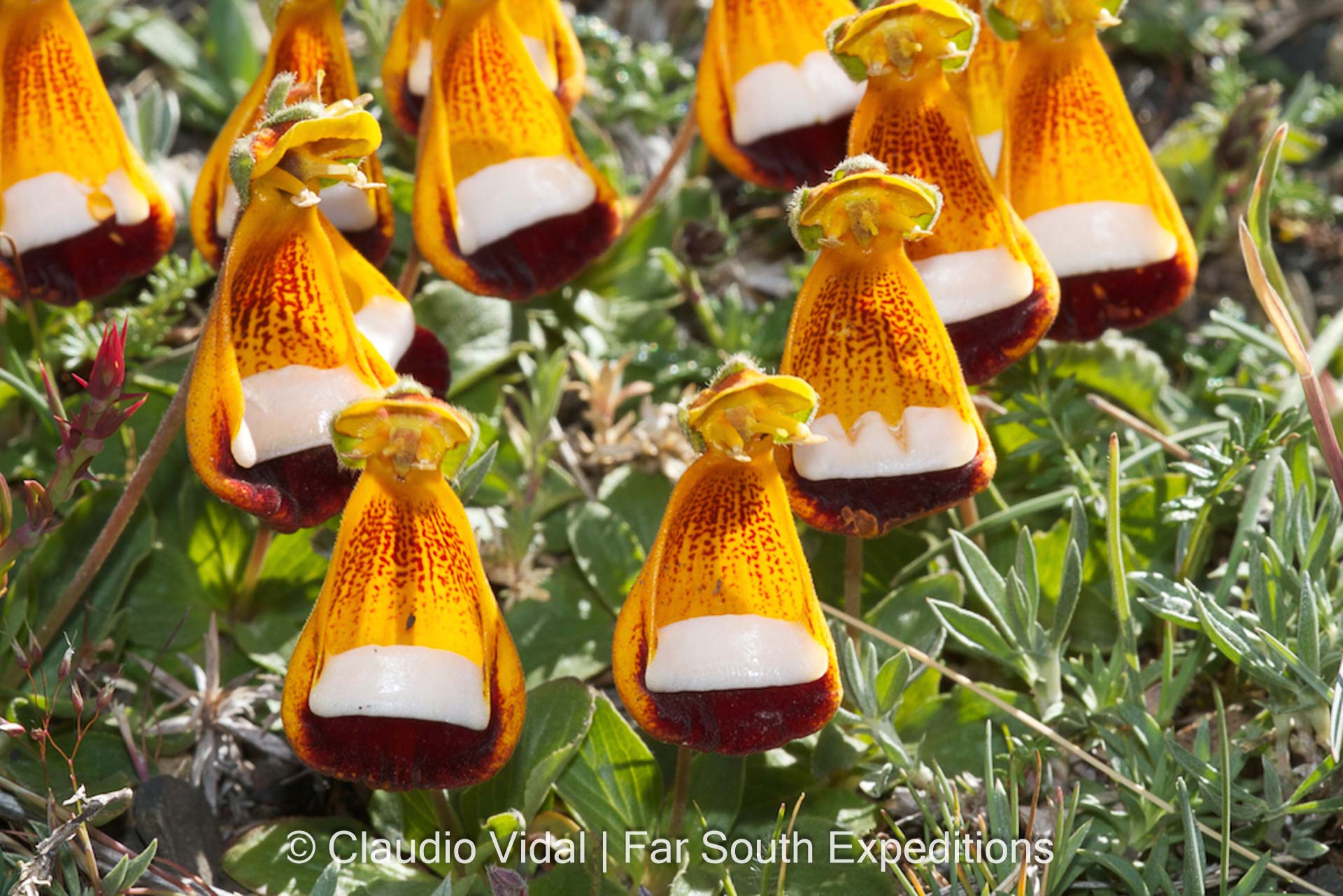
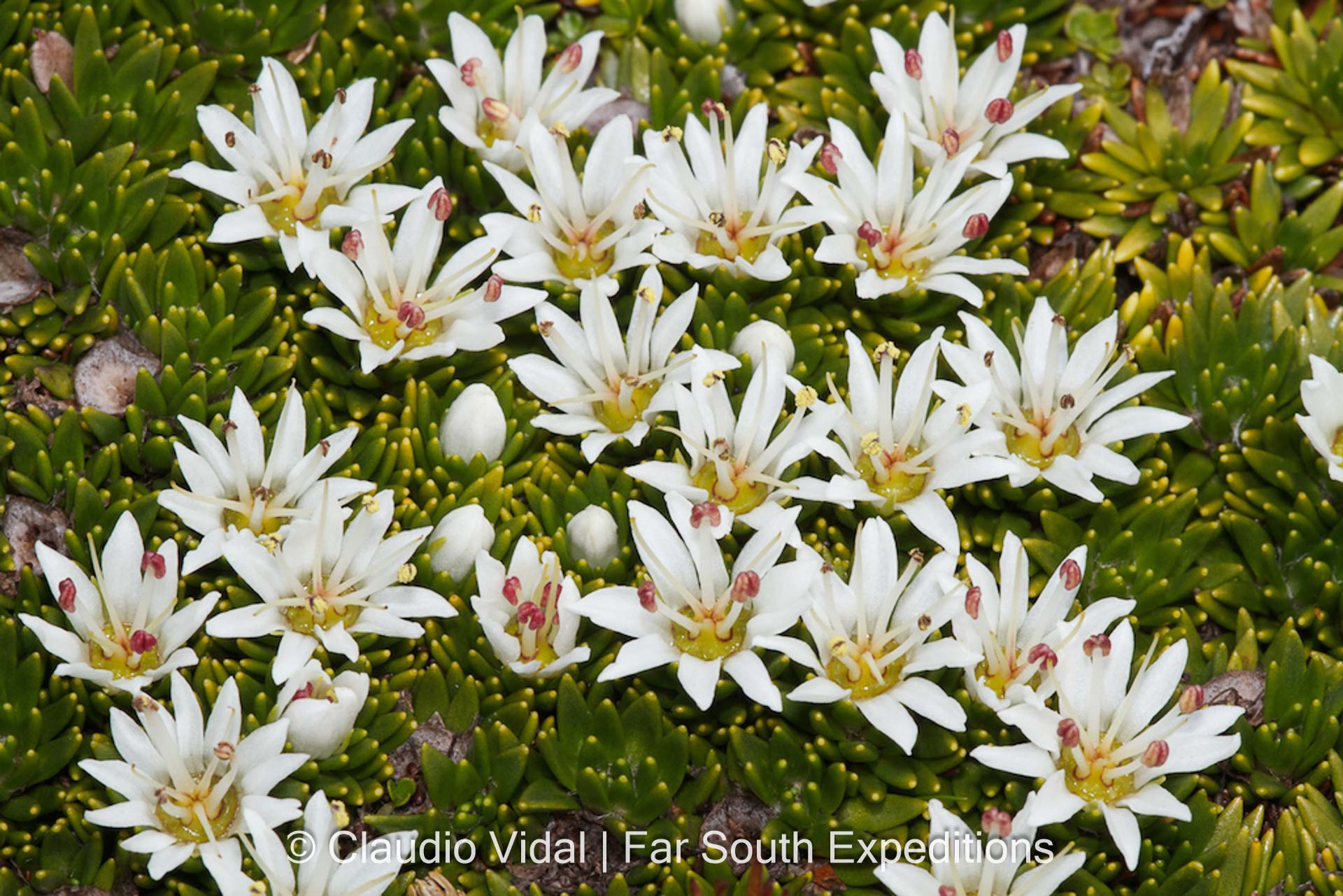

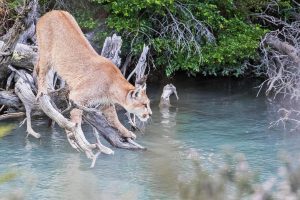
Leave a Reply
Your email is safe with us.